This article was medically reviewed by Janice Litza, MD. Dr. Litza is a board certified Family Medicine Physician in Wisconsin. She is a practicing Physician and taught as a Clinical Professor for 13 years, after receiving her MD from the University of Wisconsin-Madison School of Medicine and Public Health in 1998.
There are 8 references cited in this article, which can be found at the bottom of the page.
This article has been viewed 19,118 times.
Hearing that you have to have a pancreatic biopsy can be scary. You’ve already gone through blood and imaging tests that suggest cancer, and you may feel bad because of your symptoms. A biopsy is a sample of cells needed to definitively make a diagnosis. Pancreatic biopsies aren’t difficult procedures, so don’t worry too much. Most of them are done in an outpatient setting through an endoscope sent down your throat.
Steps
Getting a Pancreatic Biopsy
-
1Arrange transportation. Since you will go under some kind of anesthesia, you need to have someone take you to the clinic and drive you home. You should not expect to drive afterwards since you will be recovering from the anesthetic and may be experiencing minor pain.
- Ask a family member or friend if they could help you. Since the procedure with waiting times may take as long as two hours, you can have one person drop you off and another pick you up.
-
2Undergo a percutaneous fine-needle aspiration. The doctor will numb the area of your abdomen where the needle will go. Then, they will clean the area to remove any bacteria. The doctor will insert the thin needle through the abdominal wall and into your pancreas. The needle will then take cells from the pancreas.[1]
- Imaging scans are used to help the doctor guide the needle to the correct area of your pancreas.
- This procedure usually takes around half an hour.
Advertisement -
3Get an endoscopic ultrasound biopsy. Another method used to biopsy the pancreas is through an EUS. The doctor will numb your throat or place you under anesthesia. Then, an endoscope, which is a thin tube, is placed down your throat. A small needle is used with the scope that will go through the wall of the stomach into the pancreas to take a sample.[2]
- The endoscope also completes up close imaging tests of your pancreas, stomach, and intestines.
- This method results in less discomfort. It is also usually the most accurate biopsy method for the pancreas.
- This method can take up to an hour.
-
4Get a brush biopsy. A brush biopsy is conducted with an endoscope. In this procedure, your throat is numbed or you are put under general anesthesia. A brush is inserted into your abdomen through the endoscope. The brush will collect cells from the pancreatic or bile duct.[3]
- This particular procedure may be used if they need a sample from the bile duct or pancreatic duct.
- This method is generally not as definitive as other methods.
-
5Have a forceps biopsy. A forceps biopsy is also done through an endoscope. After either having your throat numbed or being put under anesthesia, the doctor will place the endoscope into your abdomen. Forceps will be inserted through the endoscope, where they will remove a sample of the tumor on the pancreas.[4]
- New technology using forceps has made this type of biopsy promising. The forceps may be used to take a large sample.[5]
-
6Get surgery. Another way a doctor can take a biopsy is through a surgical procedure called laparoscopy. The surgeon will make small incisions on your abdomen. Then, they insert thin video tubes into the cuts so they can look at the pancreas. The doctor will then insert a cutting tool to remove a small sample of cells or of the tumor.[6]
- Though this method isn't as common, the doctor may choose this type of biopsy if they believe cancer has spread to surrounding organs.[7]
Taking Care of Yourself After the Biopsy
-
1Be prepared to take it easy the day of the biopsy. Though most pancreatic biopsies are minimally invasive, you still will go under anesthesia and may have a few wounds. If they use an endoscope, your throat may be tender. Don't expect to work that day after the biopsy.
- Instead, you should take it easy at home for the rest of the day. Rest and let yourself physically and emotionally recover from the procedure.
-
2Wait a few days to a few weeks for the results. It generally takes a few days for the biopsy results to come back, but it may take up to 2 weeks. The sample must be sent to a lab so a pathologist can analyze the samples. This is done under a microscope, where they look for cancer cells.[8]
- While they examine the cells, they will also stage it, which means they will determine how far the cancer cells have spread. The stage of the cancer helps them determine your treatment.
-
3Talk to your doctor if you start feeling worse. Sometimes, pancreatic cancer symptoms can worsen suddenly. If you are waiting for the biopsy results and you start to feel sick, visit your doctor immediately. Do not wait.[9]
-
4Follow recommended recovery instructions after your biopsy. Most pancreatic biopsies require little to no recovery. You may feel some minor pain or discomfort, so take over-the-counter medication if you feel any pain.[10]
- If you have a percutaneous FNA, you may experience swelling or soreness at the site.
- The incisions used in a laparoscopy generally heal within a week.
-
5Try to stay calm. Waiting for the results of a biopsy can be extremely stressful. You may feel scared, hopeless, or anxious, but you should try to stay calm. Trying to predict your results and what that means won't help you. Instead, focus on other things in your life as you wait.
-
6Reach out for support. If you are having trouble while you wait, you may want to reach out to people who can provide support. Talk to friends or family about how you are feeling, and spend time with them to take your mind off of your results.
- You may also choose to go see a therapist. Talking through your emotions may help you prepare for your results and any treatment that might be necessary.
Determining If a Biopsy Is Needed
-
1Recognize the symptoms of pancreatic cancer. Knowing what may indicate pancreatic cancer can help you detect it early. Early signs include nausea, abdominal or back pain, lack of appetite, and unexplained weight loss.[11]
- Jaundice is another sign of pancreatic problems. This is when your skin and eyes start to have a yellow tint.
-
2Get blood tests. The first thing the doctor will do if they think you have pancreatic cancer is to perform blood tests. These may include liver function tests, kidney function tests, and complete blood counts.[12]
- The oncologist will also look for tumor markers in the blood. These are compounds found in the blood that may indicate cancer is present in the body. It is not completely reliable, but higher tumor markers indicate a biopsy may be needed.
-
3Undergo imaging tests. After blood tests, the doctor will order a series of imaging tests. These tests will give a better view of the pancreas to see if there are visible tumors or other abnormalities.[13]
- Common imaging tests include CT scans and MRIS of the abdomen.
- You may also undergo an endoscopic ultrasound, which is an ultrasound conducted by placing a tube that takes images of your abdomen down your throat.
- An endoscopic retrograde cholangio pancreatography is a procedure where an endoscope is placed down your throat and injects dye into your abdomen. An x-ray is then taken.
References
- ↑ https://stanfordhealthcare.org/medical-conditions/cancer/pancreatic-cancer/pancreatic-cancer-diagnosis/biopsy.html
- ↑ https://pancreasfoundation.org/endoscopic-ultrasound-eus/
- ↑ https://stanfordhealthcare.org/medical-conditions/cancer/pancreatic-cancer/pancreatic-cancer-diagnosis/biopsy.html
- ↑ https://www.pancan.org/facing-pancreatic-cancer/diagnosis/biopsy/
- ↑ https://www.ncbi.nlm.nih.gov/pmc/articles/PMC4831934/
- ↑ https://stanfordhealthcare.org/medical-conditions/cancer/pancreatic-cancer/pancreatic-cancer-diagnosis/biopsy.html
- ↑ https://www.cancer.org/cancer/pancreatic-cancer/detection-diagnosis-staging/how-diagnosed.html
- ↑ https://stanfordhealthcare.org/medical-conditions/cancer/pancreatic-cancer/pancreatic-cancer-diagnosis/biopsy.html
- ↑ https://www.pancreaticcancer.org.uk/tests
- ↑ https://myhealth.alberta.ca/Health/aftercareinformation/pages/conditions.aspx?hwid=abr8282
- ↑ https://www.cancer.org/cancer/pancreatic-cancer/detection-diagnosis-staging/signs-and-symptoms.html
- ↑ https://www.cancer.org/cancer/pancreatic-cancer/detection-diagnosis-staging/how-diagnosed.html
- ↑ https://www.cancer.org/cancer/pancreatic-cancer/detection-diagnosis-staging/how-diagnosed.html



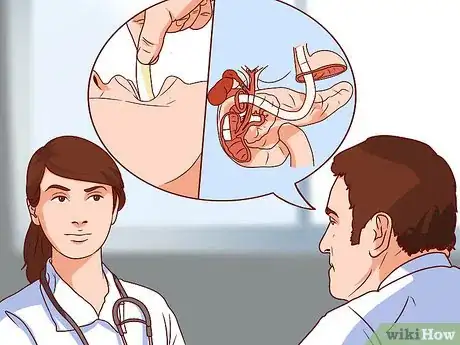

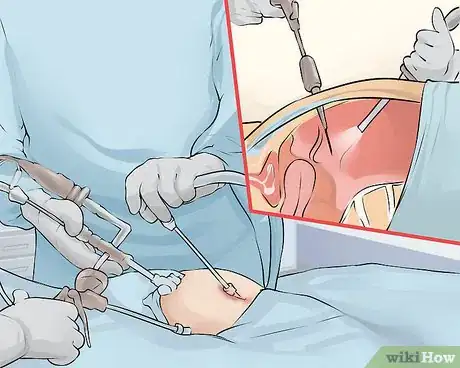







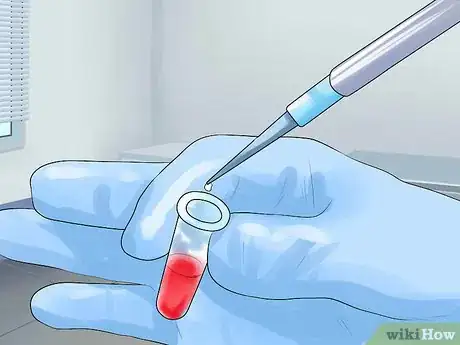
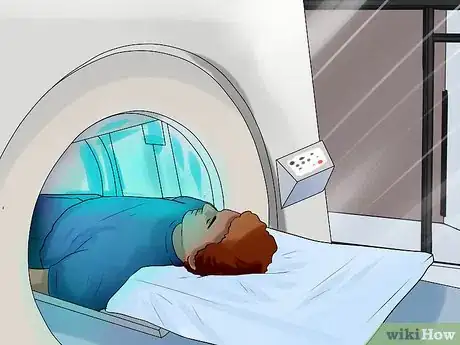

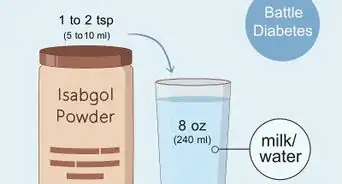




















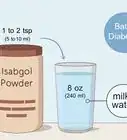





































Medical Disclaimer
The content of this article is not intended to be a substitute for professional medical advice, examination, diagnosis, or treatment. You should always contact your doctor or other qualified healthcare professional before starting, changing, or stopping any kind of health treatment.
Read More...